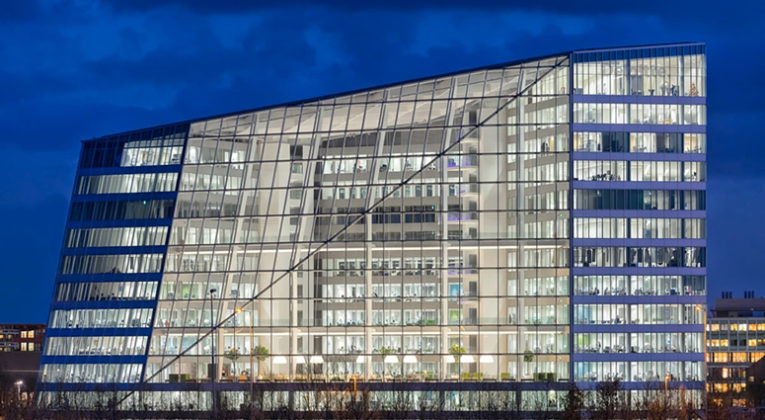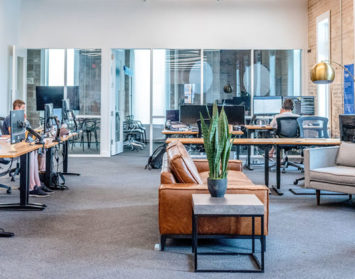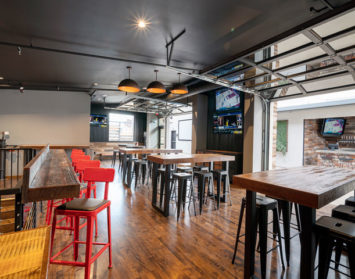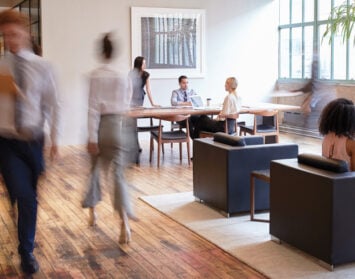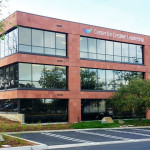By Star Hughes-Gorup
We often hear the phrases “smart cities” and “smart buildings” – but what do they really mean? And what does it take to be the smartest building in the world?
There is no one definition for what a city must have to be deemed “smart,” but it is widely accepted that a smart city is efficient with its transportation, energy, and waste management, and it is green and eco-friendly. Amsterdam has been named one of the world’s smartest cities, having implemented energy, mobility, and governance initiatives as well as the Amsterdam City Project devoted specifically to improving the city. It’s only fitting that Amsterdam is also home to the world’s smartest building. But first, what is a “smart building?”
According to the Institute for Building Efficiency, a smart building goes beyond its construction and amenities – it is a building that “fulfills its mission while minimizing energy cost, supporting a robust electric grid and mitigating environmental impact. Smart buildings deliver useful building services that make occupants productive at the lowest cost and environmental impact over the building lifecycle.” The key component of a smart building is its technology, and how it connects with all aspects of the building, city, and community at large.
Deloitte’s Amsterdam headquarters in a 430,000 square foot building known as “The Edge” meets all of those criteria, and then some. It was just named the world’s most sustainable office building by BREEAM (Building Research Establishment Environmental Assessment Methodology) – and it’s arguably one of the most beautiful too.
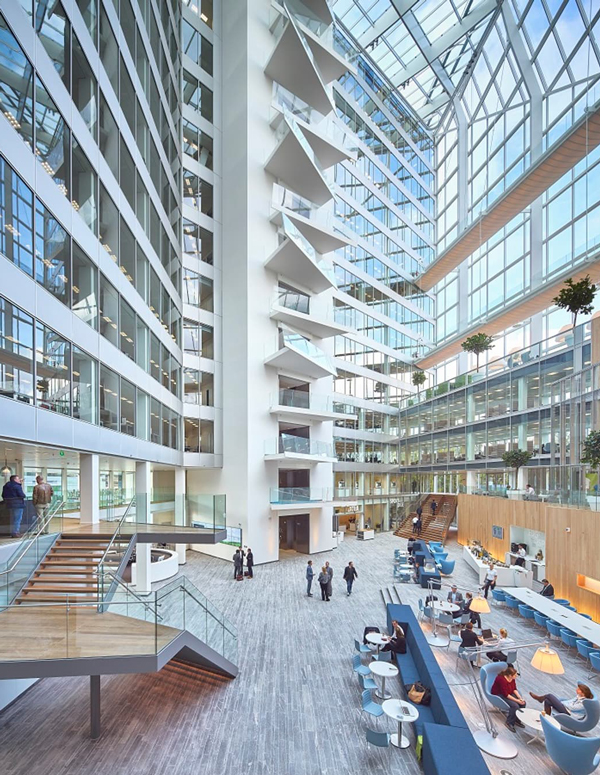
Designed by PLP Architecture and developed by OVG Real Estate, the building features a showpiece 15-story atrium and a unique design that allows for 60% of all offices to receive natural light – but that’s not the first of it. From an energy-saving standpoint, the building utilizes passive temperature control, and its orientation allows it to capitalize on the path of the sun for heating and cooling. The building also uses an aquifer thermal energy storage system and has solar panels on the south façade, along with rainwater collection systems to provide water for toilets and landscaping. It has excellent access to public transport, high-speed rail, and a cycle route network, and it even has 500 bicycle parking spaces on-site.
But more than that, the building’s energy efficiency is tied to data. It utilizes Philips’ Ethernet-powered LED connected lighting paired with sensors to monitor movement, light and temperature. In order to best utilize that data, the building has a corresponding smartphone app to take the building’s functions to the next level. With this app, the building knows when you arrive at the office. It knows what your schedule is for the day, and how to best support your schedule by reserving conference rooms, stand-up desks, and “war room” spaces for you. It knows how you like your workspace lit and heated. It even knows how you like your coffee. All of these qualities create a more flexible, collaborative, and efficient work environment.
This is the workplace of the future, and I can’t wait to see more like it. It’s only a matter of time before smart technologies are integrated into more and more buildings to the point that “smart” simply feels like second nature.
Star Hughes-Gorup is a senior vice president and director at Hughes Marino, a global corporate real estate advisory firm that exclusively represents tenants and buyers. Star is a key member of Hughes Marino’s brokerage team, where she specializes in tenant representation and building purchases. Star also makes frequent media appearances to speak on business issues from a millennial perspective, and blogs about life as a woman in a male-dominated industry at starhughesgorup.com. Contact Star at 1-844-662-6635, or star@hughesmarino.com.

